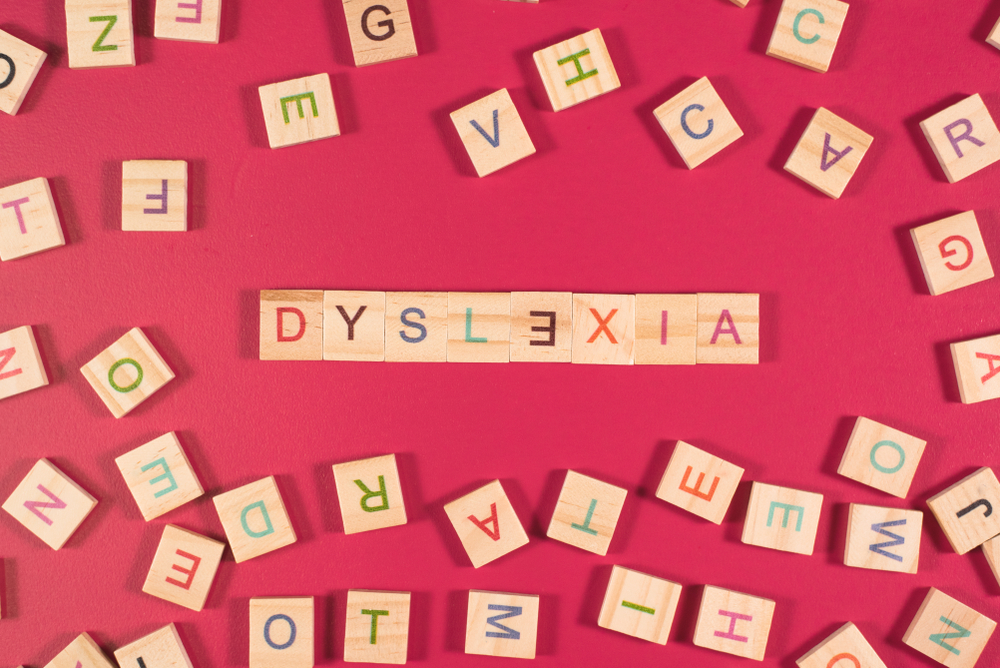Normal Tracing Letters Worksheets Activities With Answers for 7-Year-Olds
19 filtered results
-
From - To
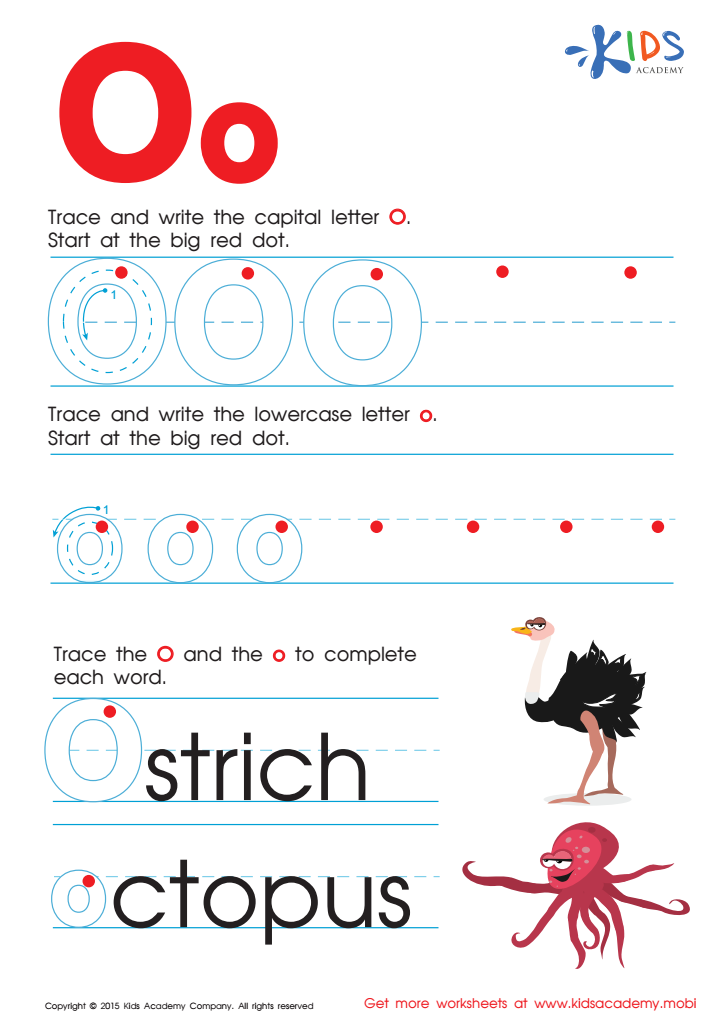

Letter O Tracing Page
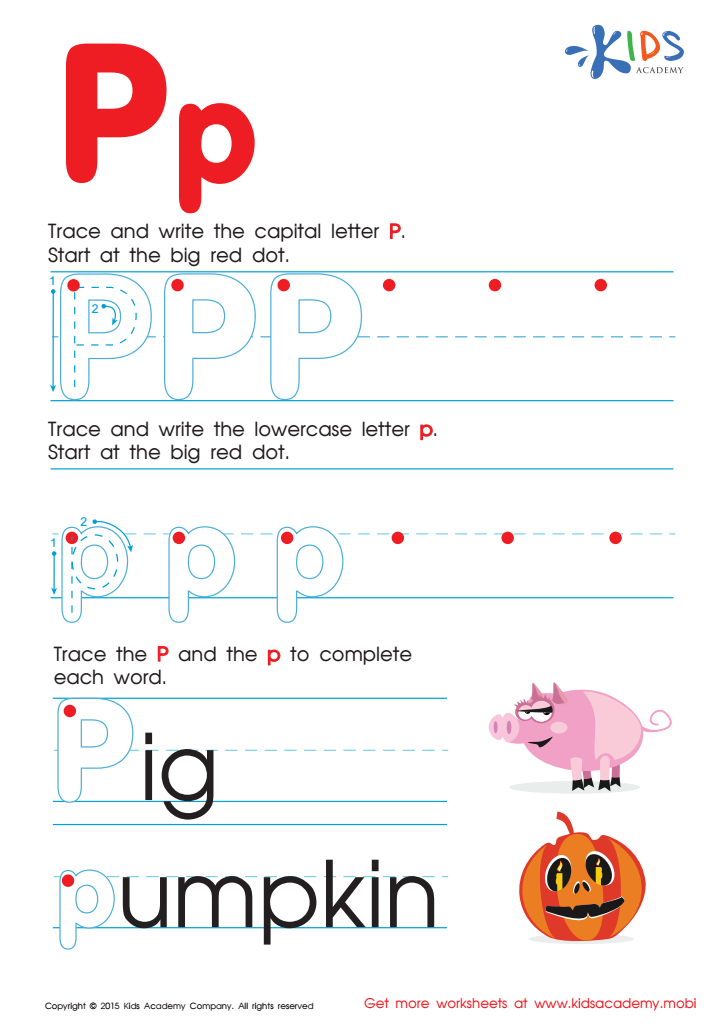

Letter P Tracing Page
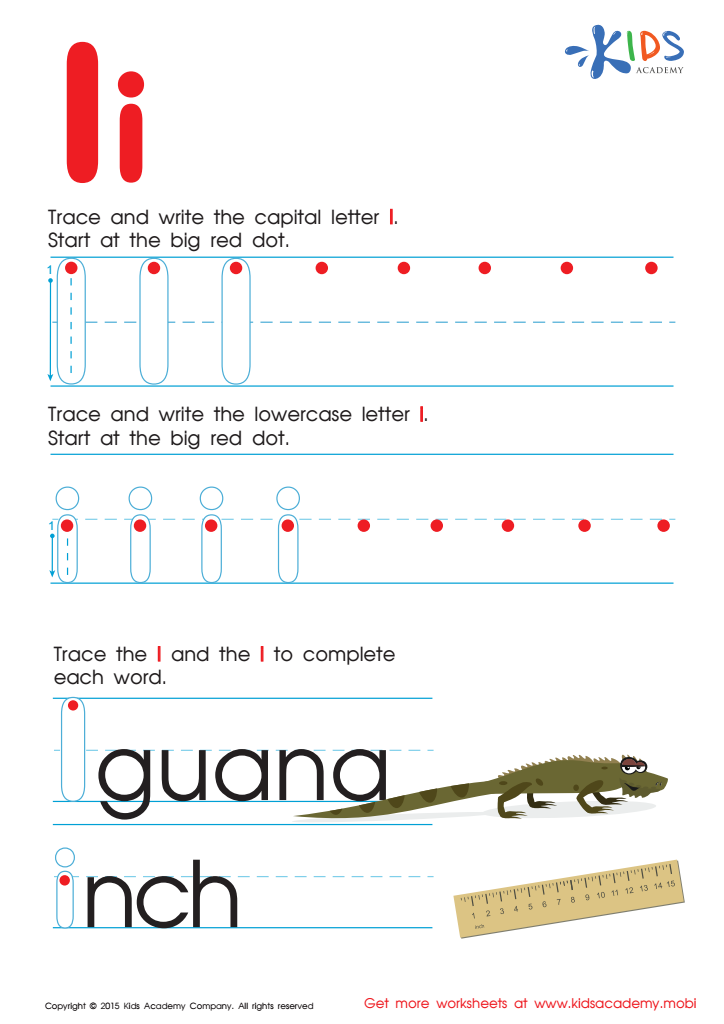

Letter I Tracing Page
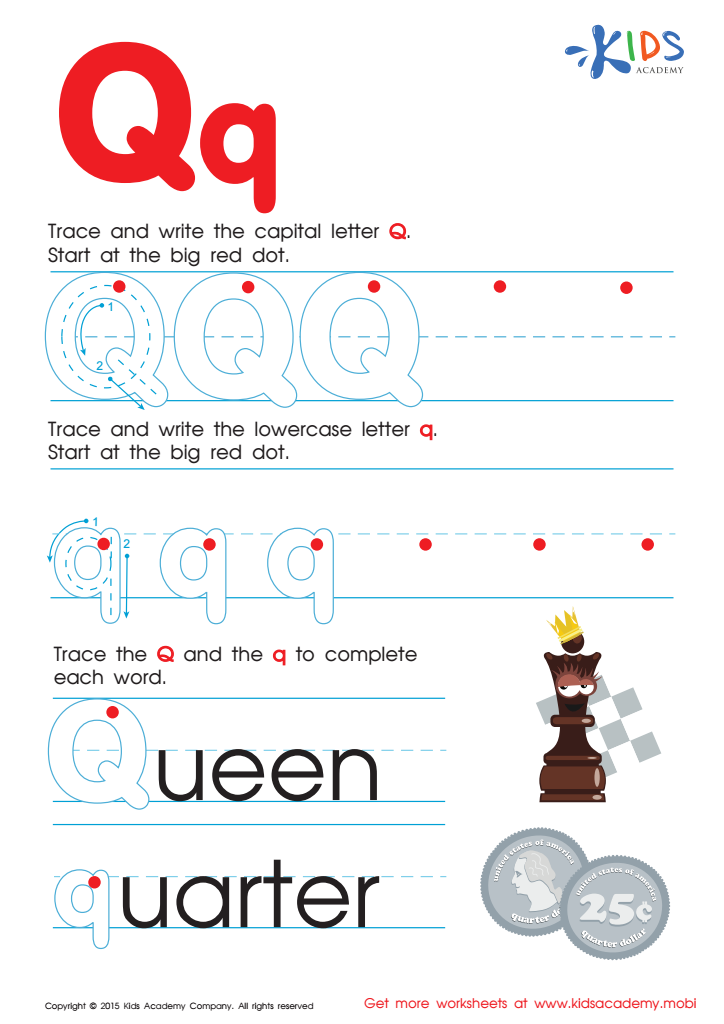

Letter Q Tracing Page
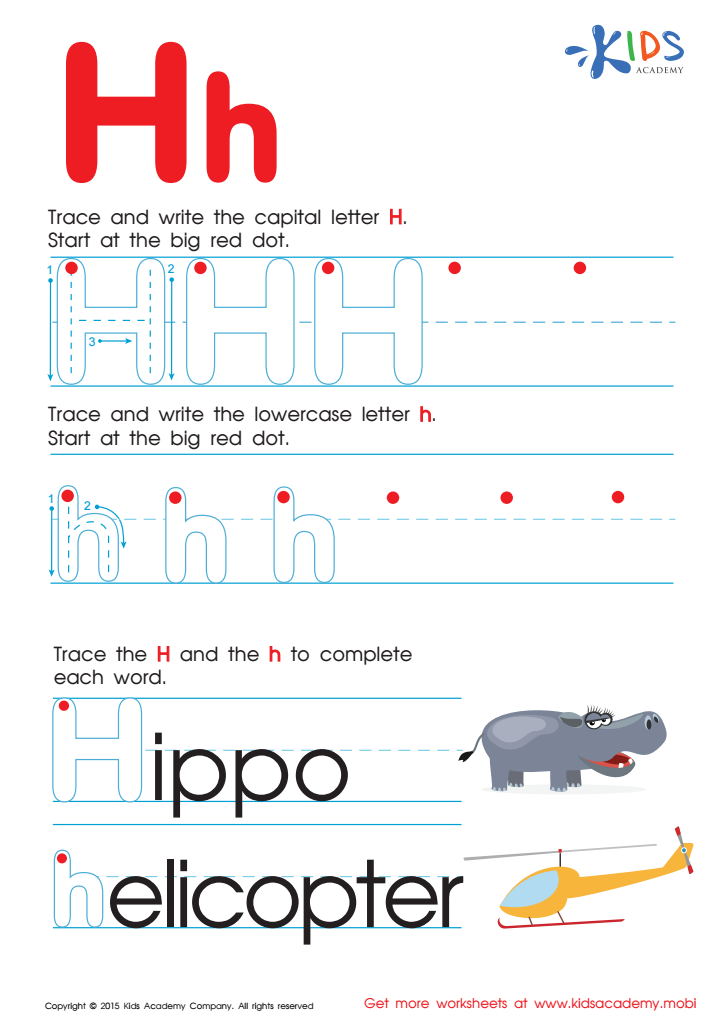

Letter H Tracing Page
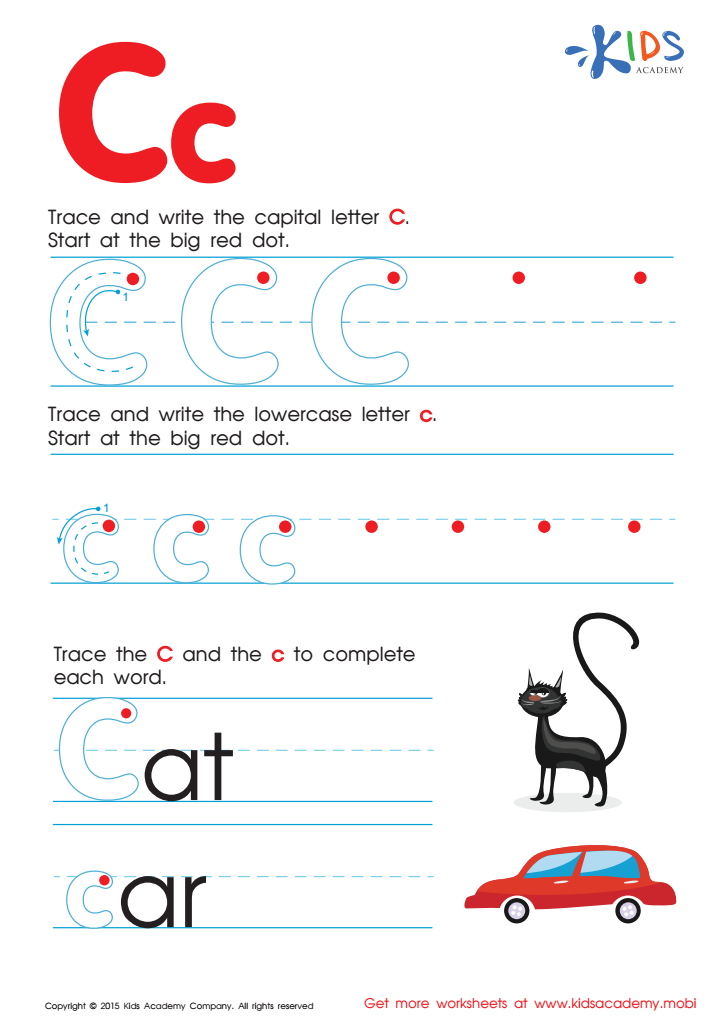

Letter C Tracing Page
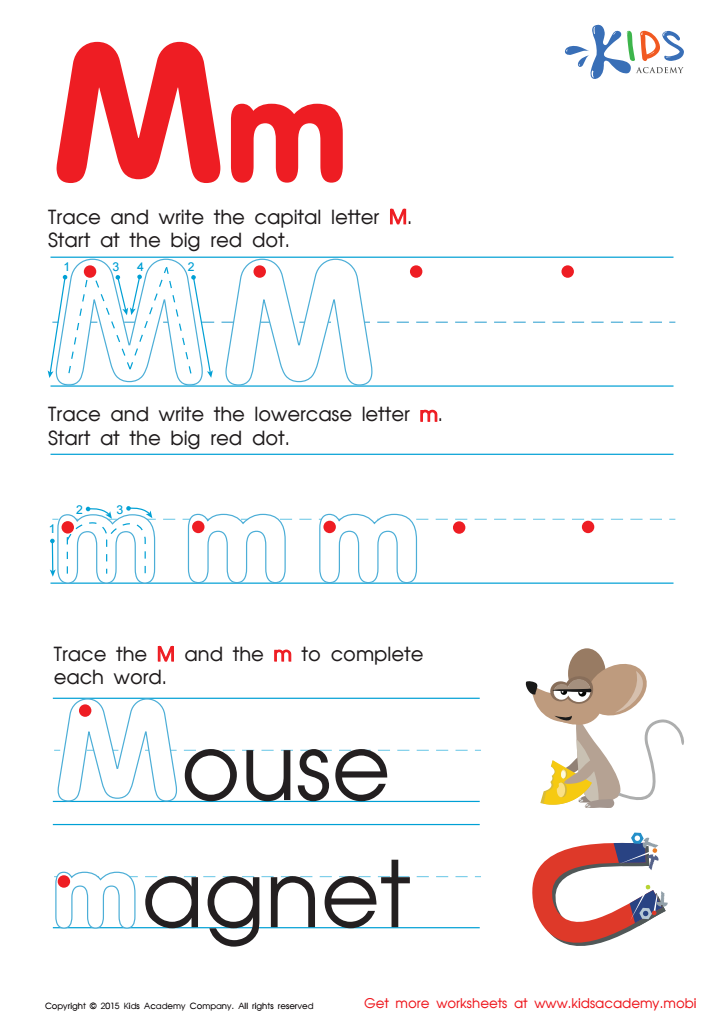

Letter M Tracing Page
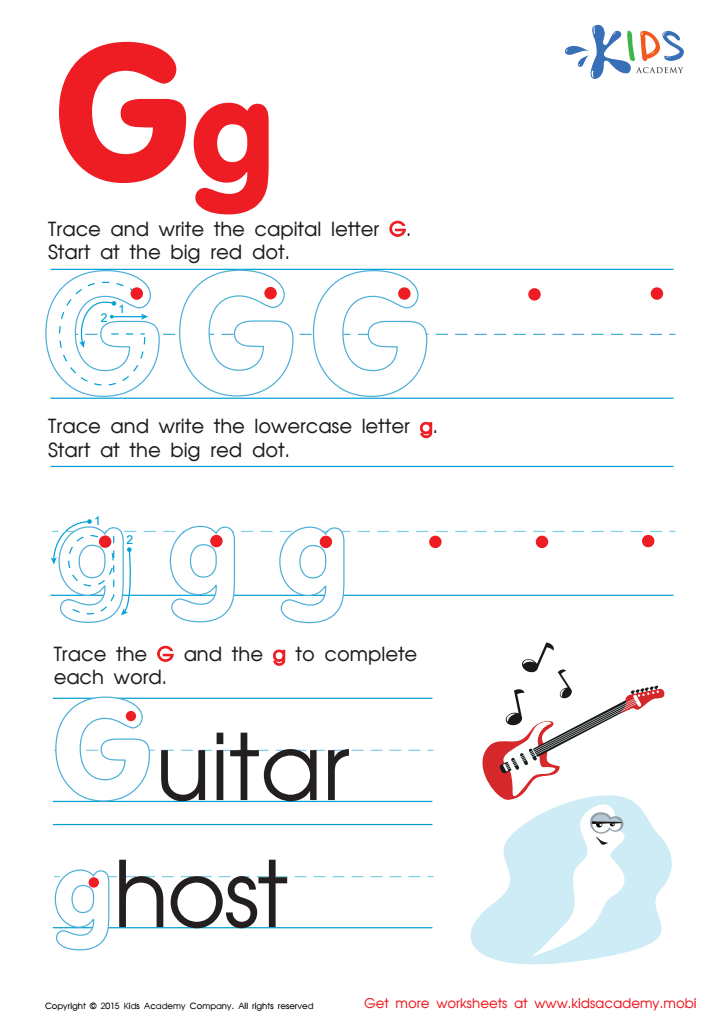

Letter G Tracing Page
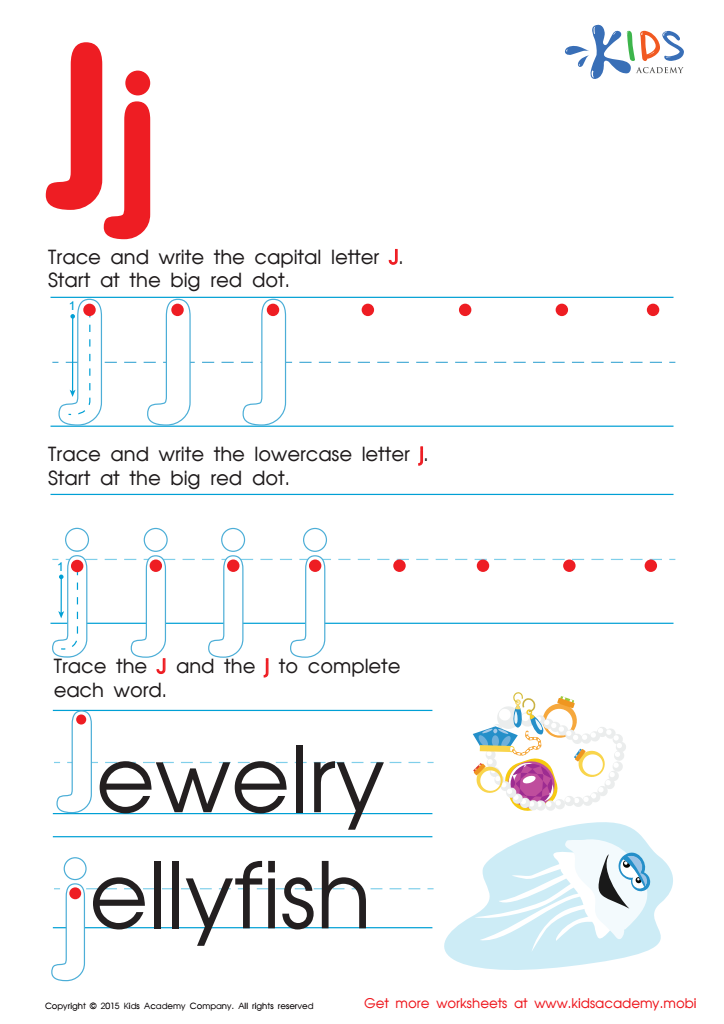

Letter J Tracing Page


Letter L Tracing Page
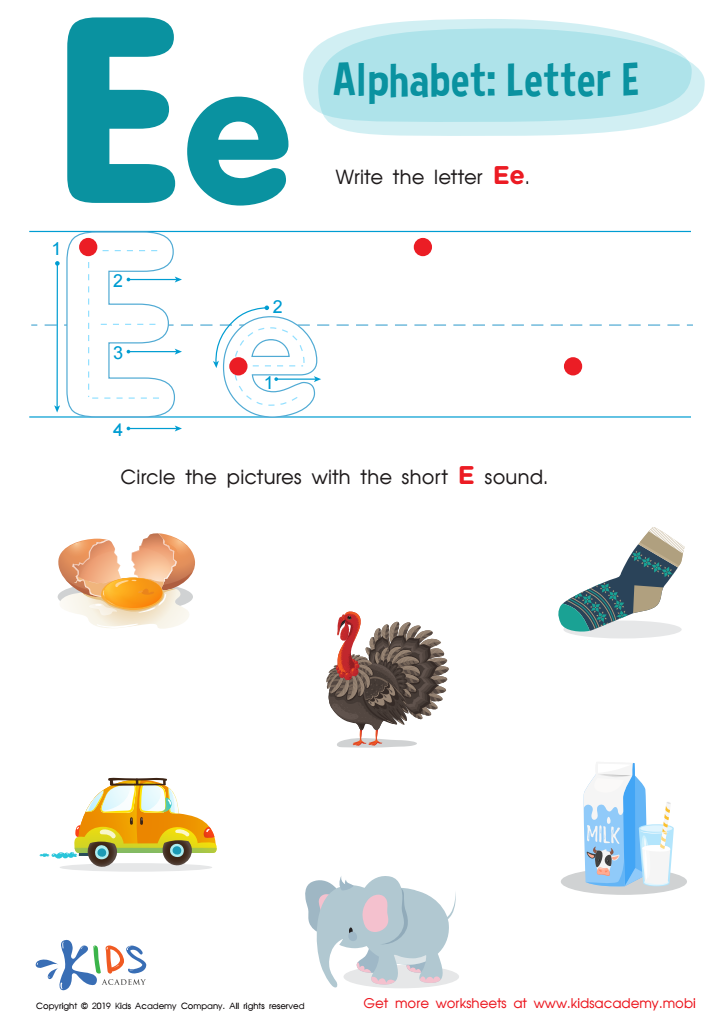

Letter E Tracing Worksheet
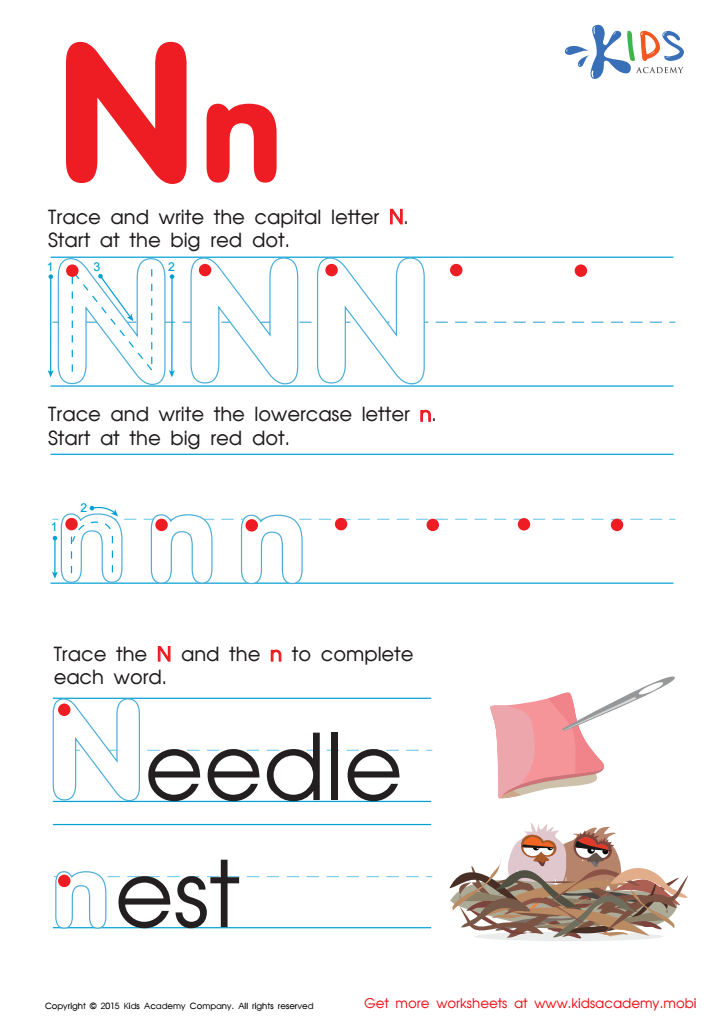

Letter N Tracing Page


Letter B Tracing Page
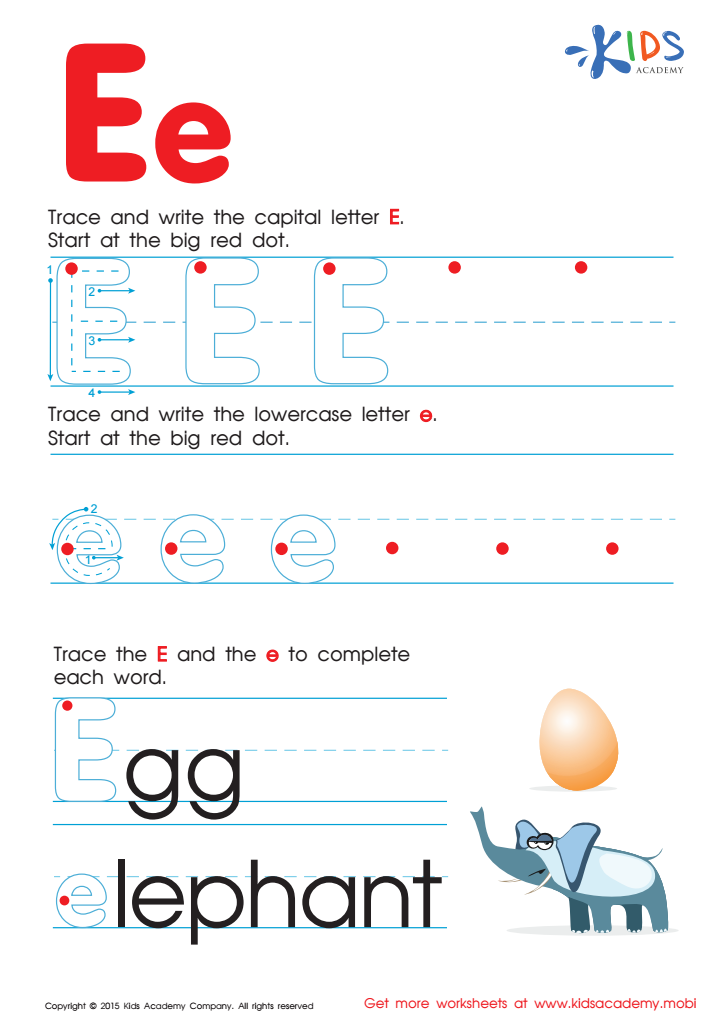

Letter E Tracing Page
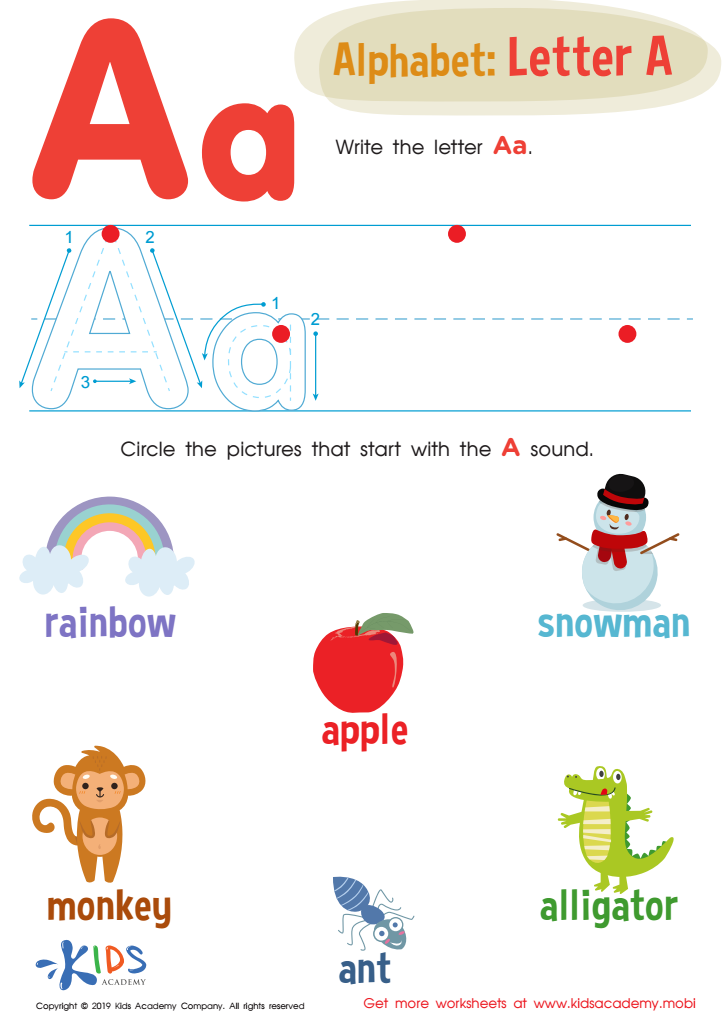

Letter A Tracing Worksheet
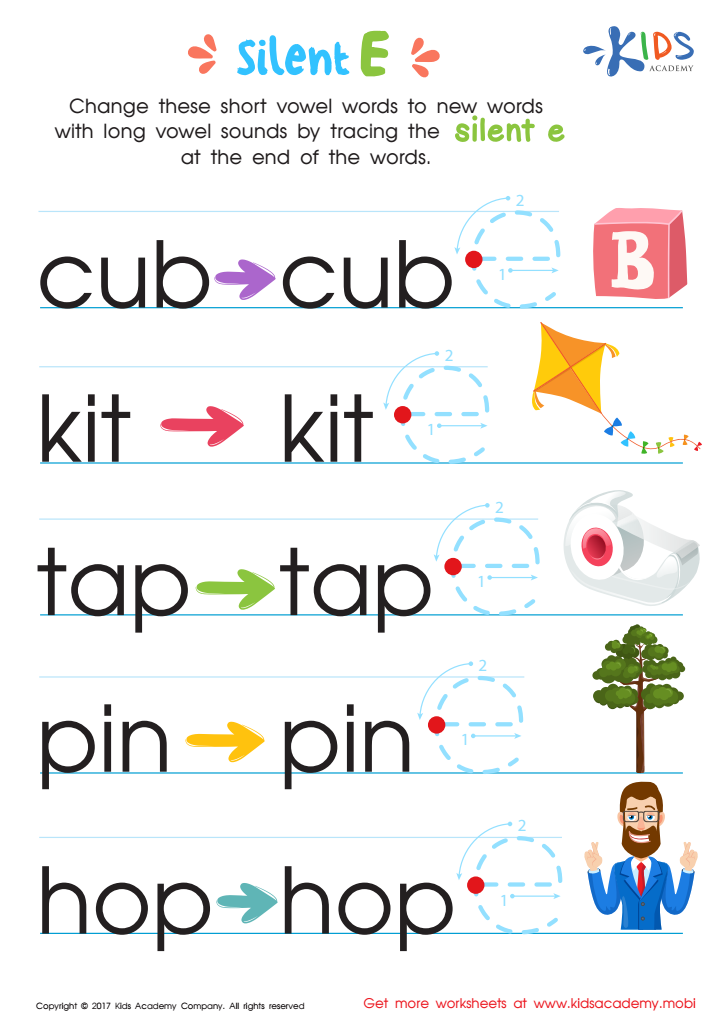

Silent E Words Worksheet
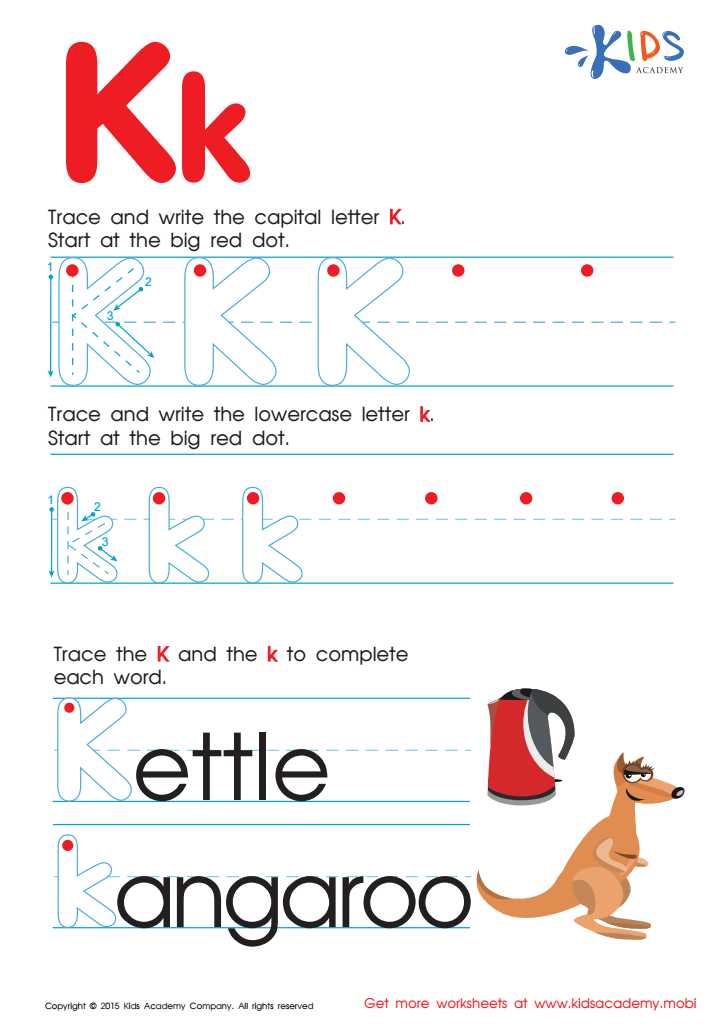

Letter K Tracing Page


Letter F Tracing Page


Letter D Tracing Page
Normal Tracing Letters Worksheets Activities With Answers offer a myriad of benefits that contribute significantly to the early developmental stages of children's literacy and fine motor skills. These structured activities are not only educational but also entertaining for young learners, paving the way for a more profound understanding and mastery of the alphabet.
Firstly, tracing letters helps in improving hand-eye coordination. As children follow the dotted lines to form letters, they learn to control their hand movements and develop precision. Such exercises are essential in refining motor skills, which are crucial for tasks that require a delicate touch, including writing and drawing.
Moreover, these worksheets serve as a foundational step toward mastering the art of writing. By tracing letters, children become familiar with the shapes and strokes that form each letter. This repeated practice solidifies their understanding and recall, making the transition to independent writing smoother and more confident. Normal Tracing Letters Worksheets Activities With Answers specifically, allow for this practice to be monitored and corrected, ensuring that children learn the correct form and direction of each letter.
The inclusion of answers in these activities is particularly useful. It provides immediate feedback to the learners, allowing them to recognize and correct their mistakes independently. This aspect of self-assessment encourages problem-solving skills and fosters a sense of independence in the learning process.
Furthermore, engaging in Tracing Letters Worksheets can boost children's confidence. As they progress and see their own improvement, their self-esteem increases. This positive reinforcement motivates them to tackle more complex tasks, setting a foundation for lifelong learning and achievement.
In conclusion, Normal Tracing Letters Worksheets Activities With Answers are invaluable resources in early childhood education. They not only support the development of fine motor skills and letter recognition but also instill confidence and independence in young learners. These activities lay the groundwork for successful writing skills, essential for academic success and beyond.

 Assign to My Students
Assign to My Students




